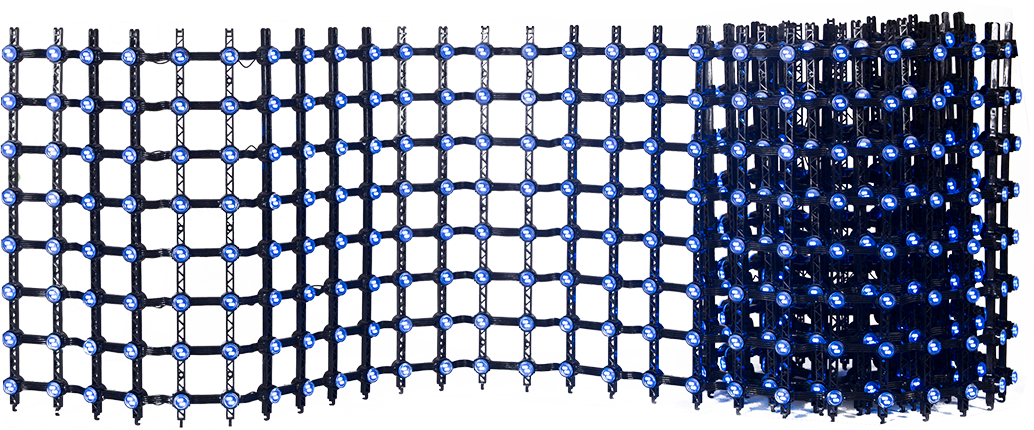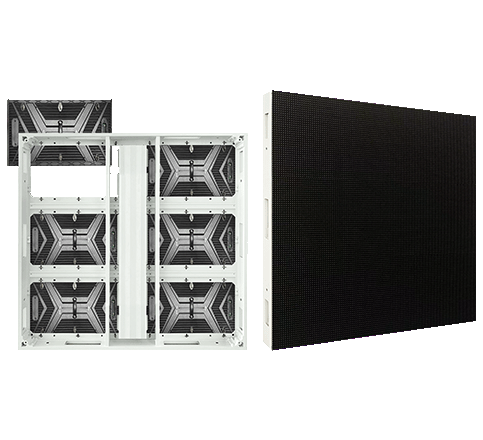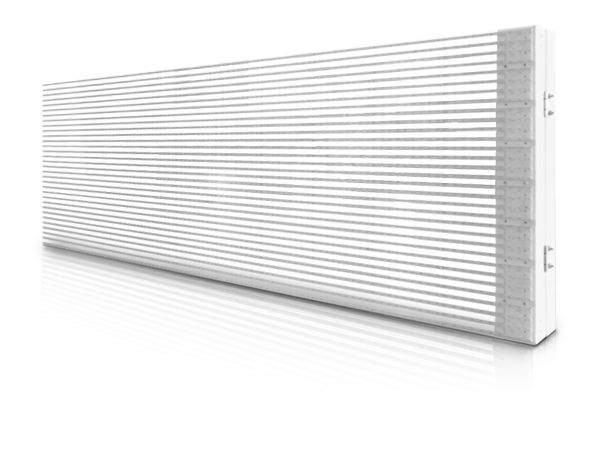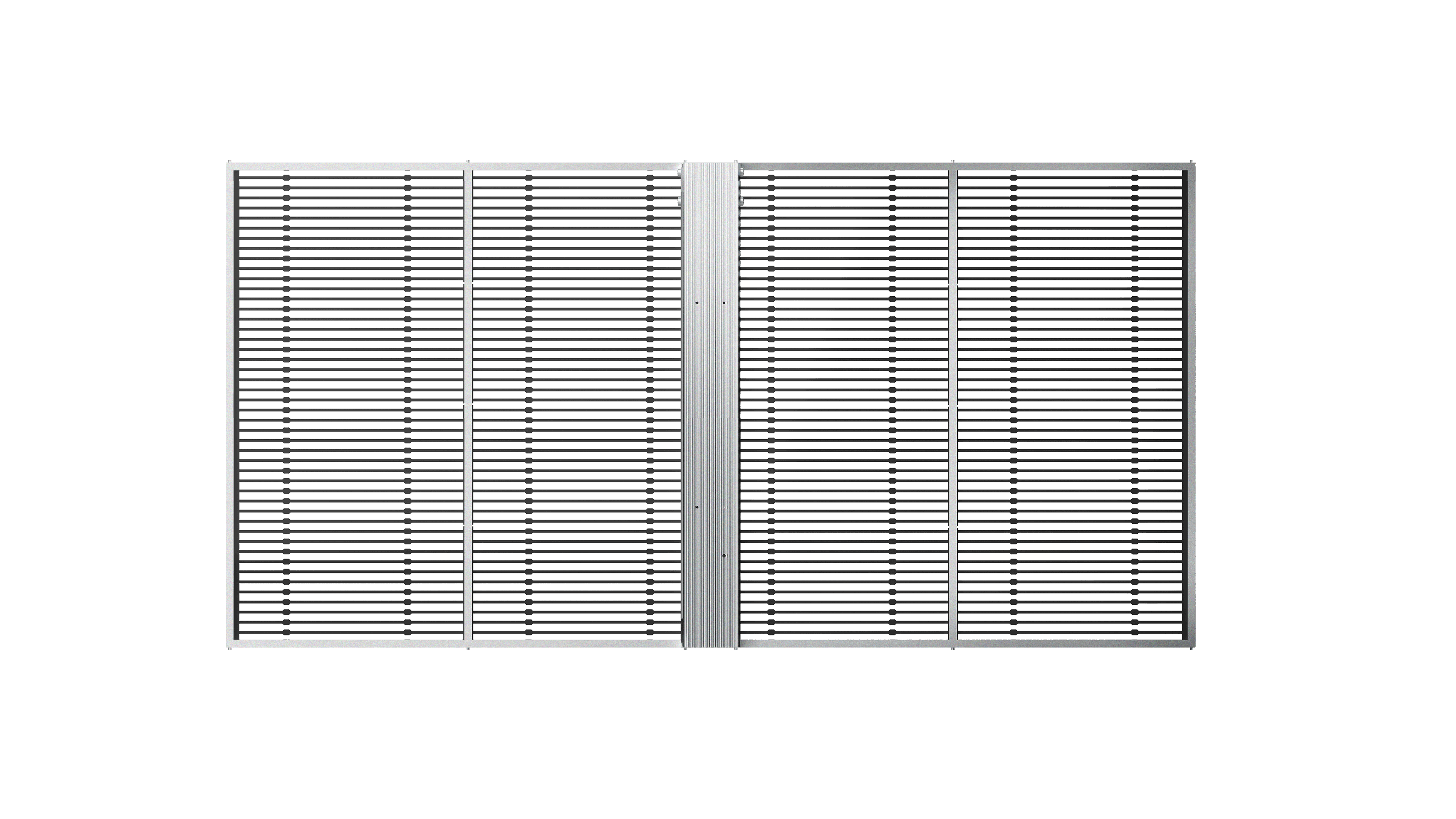LED Cinema Displays: Shaping the Future of Movie Theaters
As technology evolves, our perception of cinema is transforming. LED Cinema Displays are redefining the movie-watching experience, surpassing traditional televisions and projectors. These advanced displays not only enhance visual quality but also offer energy efficiency, providing cinema operators with a sustainable solution to reduce operational costs. With their innovative design and superior technology, LED Cinema Displays are poised to revolutionize the cinematic landscape.Understanding Conventional Cinema Screens and Projectors
Conventional cinema screens are typically large, rectangular surfaces made from highly reflective materials, essential for creating immersive three-dimensional images. There are three primary types of cinema screens: flat, curved, and dome-shaped. Flat screens are the industry standard, offering a broad viewing area and straightforward installation. Curved screens enhance viewer immersion by enveloping the audience’s field of vision, while dome-shaped screens, often used in IMAX theaters, provide an expansive panoramic experience.Historically, film projectors have dominated the cinema industry for over a century, projecting images by shining light through film reels. However, the rise of digital cinema projectors has introduced significant advantages, including lower maintenance costs and enhanced image quality.
The Emergence of LED Cinema Displays
LED Cinema Displays utilize light-emitting diodes (LEDs) to deliver high-definition visuals. These displays are brighter than traditional LCDs, allowing for optimal performance in various lighting conditions. With superior contrast ratios, LED Cinema Displays are ideally suited for film and video content. Furthermore, their energy efficiency contributes to reduced operational costs, making them an attractive option for cinema owners. Available in multiple sizes, these displays cater to both home theaters and large commercial venues.Comparative Analysis: LED Cinema Displays vs. Projectors
Advantages of LED Cinema Displays:· Superior Color Accuracy: Enhanced color reproduction compared to traditional LCDs.
· High Brightness and Contrast: Improved visibility and image quality.
· Wider Viewing Angles: Consistent image quality from various seating positions.
· Energy Efficiency: Lower power consumption translates to cost savings.
· Durability: Long lifespan with minimal maintenance requirements.
Challenges of LED Cinema Displays:
· Higher Initial Investment: Greater upfront costs compared to projectors.
· Space Considerations: Larger screens necessitate more installation space.
Advantages of Projectors:
· Cost-Effective: Generally lower initial costs, particularly for large images.
· Flexibility in Size: Capable of creating larger projected images.
· Installation Versatility: More options for placement and mounting.
Challenges of Projectors:
· Lighting Requirements: Optimal performance requires darkened environments.
· Maintenance Needs: Regular upkeep is necessary, including lens cleaning and bulb replacements.
· Fragility: Greater susceptibility to damage without careful handling.
The Future of Cinema: The Role of LED Displays
As digital technology continues to advance, the cinema industry is experiencing a paradigm shift. While film projection has been the standard for decades, the introduction of LED screens is set to change this dynamic.LED displays not only offer energy efficiency but also deliver superior brightness and clarity, particularly beneficial for 3D films. They eliminate the reliance on traditional film reels, further reducing operational costs. Their versatility allows for diverse applications, including live events and gaming.
As LED technology becomes more prevalent, it is likely to replace traditional projectors as the benchmark for cinema experiences in the coming years. The integration of digital technology is undeniably reshaping the future of the industry.
Case Study: Asia’s Largest 8K LED Dome Cinema Display
On June 21, 2024, the 8K LED dome cinema display developed in partnership with OCT Group Co., Ltd. was launched at the OCT Dinosaur Dream Factory in Huangshi, Hubei. The LED dome display is recognized as Asia’s largest DCI-certified 8K LED full dome display.
The launch of this advanced dome cinema system marks a transformative moment for the film industry, heralding a new era of technological innovation. Despite the intense competition in the film market, there is still huge growth potential. Compliance with DCI standards is essential for digital cinema productions, positioning LED displays as the future of cinema.
Luminatii is committed to driving this change, continuing to invest in research and collaboration with industry leaders. Our goal is to provide cinema chains with cutting-edge LED solutions that redefine the audiovisual experience.













 Previous
Previous Back
Back Next
Next








